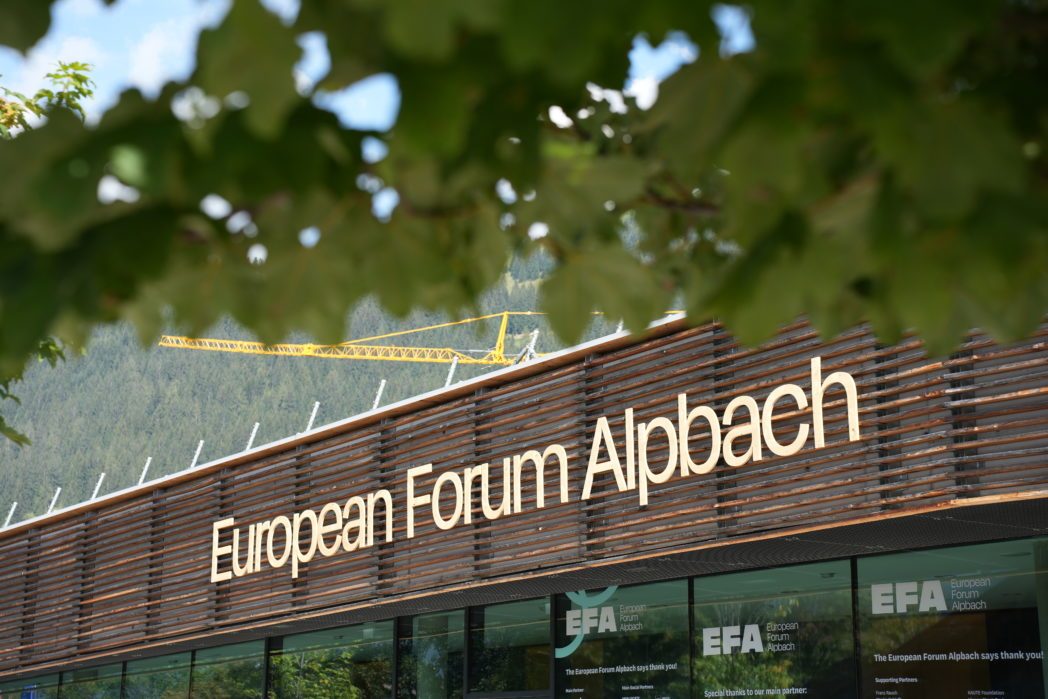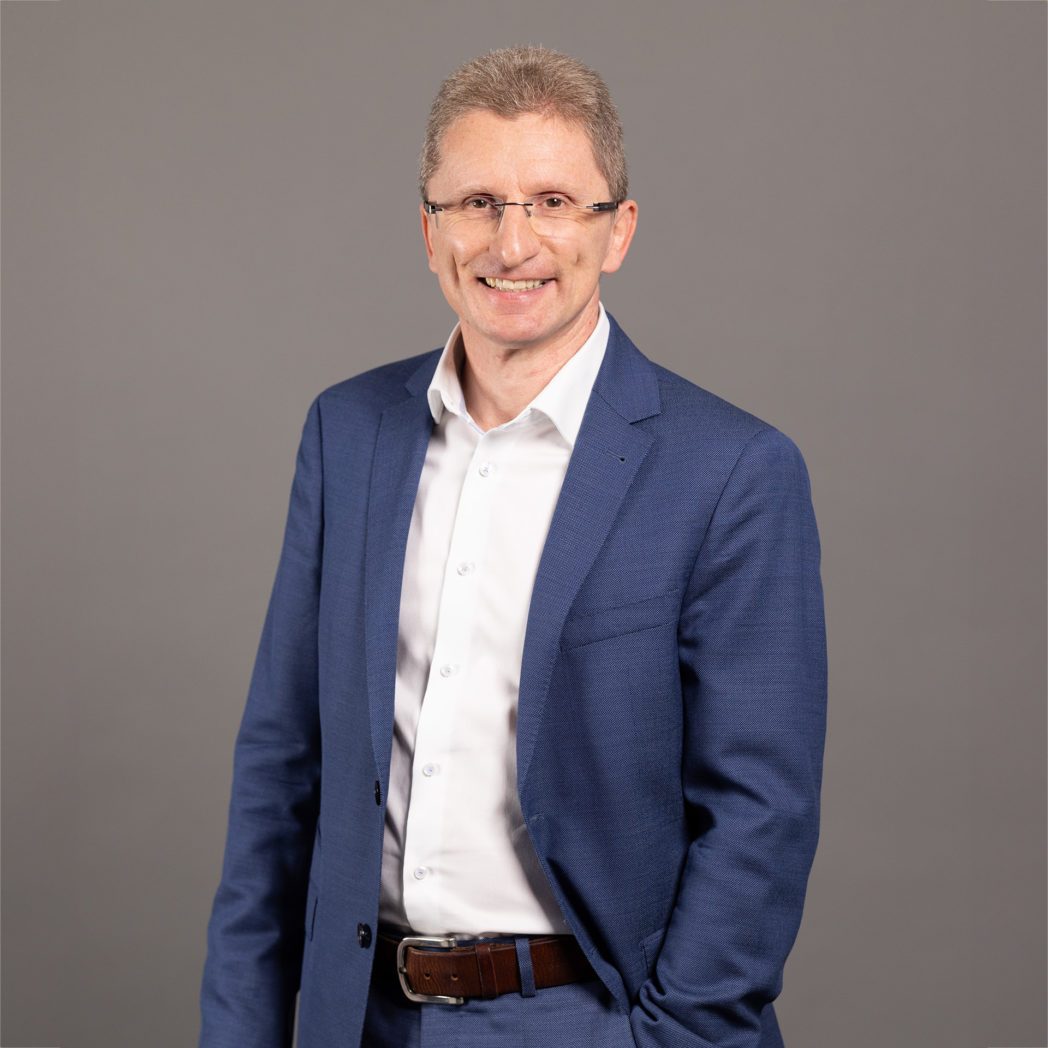
Keywords such as circular economy and bioeconomy are currently on everyone’s lips – not least because companies of all sizes and industries have to deal with them. Even companies that position themselves along the wood value chain have to develop new concepts for how the sustainable raw and material wood can be kept in the cycle even longer. “The more usage stations we find for installed wood and the more biobased residual materials from production that enter long-term use, the more CO2 is bound,” explains Martin Greimel from BOKU. But developing solutions to bring wood into completely new applications – such as mobility – will also become a necessity in achieving our climate goals. As part of the joint initiative “Bioeconomy Austria,” Innovation Salzburg, Holzcluster Steiermark, and BioBASE were able to convince the audience at the Forum Alpbach of the solution approaches already available in Austria and the visions currently being pursued in research.
The fight for resources necessitates cyclic thinking
The use of wood can be made very sustainable – but due to the finite availability of resources, it is necessary to find concepts to keep this raw material in circulation for longer. “The available biomass from the forest offers potential that can and must be used. We must bring the bioeconomy into practice,” explains Sonja Geier from the Lucerne University of Applied Sciences in her keynote. However, for the bioeconomy to become tangible, it requires an extensive basis that already has its origin in the training of professionals. “When scientific work is closely linked to the economy in training, we not only recognize upcoming trends but also increase tolerance in the implementation of new concepts,” emphasizes Alexander Petutschnigg from FH Salzburg.
Bernhard Lienbacher with his company “Barkinsulation” provides a concrete example of a successful transfer from science to industry. He has utilized the insulating effect of bark and developed insulation for houses, among other things. In doing so, he not only brings previously little-used biomass in the form of bark into the material cycle, but also generates new regional value creation and jobs.
Michael Kunz from Metadynea, a representative of the chemical industry, was also part of the panel in Alpbach. The reason for this is obvious to him: “The chemical industry functions as an enabler to make the processed raw material wood bioeconomically and recyclable at all. In the future, we also see ourselves as a bio-adhesive provider.”
As an energy supplier, Salzburg AG is also looking for new solutions to counter the energy crisis and climate change. “There is a fight for resources and usable biomass. At the moment, there is no biomass that is being thrown away. We must force cascading use and further increase the added value through the best technologies,” explains board member Brigitte Bach.
New business areas for companies and opportunities for wood in mobility
Exciting scientific questions and visionary companies that support them are needed – this is something Horst Bischof, Vice-Rector of TU Graz, and Martin Karner, CEO of Weitzer Woodsolutions, agree on in the panel discussion. Karner adds, “Our approach is to bring wood back to where it once was. There have already been cars or planes made of wood. Our goal is to revive this path.” Over the past decade, scientifically based data has emerged from the original question of “what application wood can find in a car,” which makes it possible to simulate wood components digitally. “The developed wood-hybrid components are therefore not only competitive in the simulation compared to conventional components but also hold up in real tests,” explains Thomas Krenke from the innovation center W.E.I.Z, which is significantly involved in this path with R&D projects such as WoodC.A.R. or CARpenTiER.
But also, companies in the mobility sector are becoming aware of the material and researching possible applications. “With the newly developed high-speed train, we have managed to consume 35% less energy through new ways and new technologies. This shows that new technologies, new approaches and consistent implementation can lead to significant added value. The topic of wood is precisely such an innovative approach. This technology can provide a solution for current challenges such as lightweight requirements, reduction of CO2 emissions, short supply chains, and regional value chains,” explains innovation manager Alexander Prix of Siemens Mobility. BMW Group is also focusing on the topic and putting recycling at the center. “With design for recycling, we started from the back and asked ourselves how we can build the components so that they can be disassembled and still be usable in a second application,” describes Stefan Könsgen from BMW Group. He adds, “biobased material creates the potential to reduce the CO2 footprint and decrease dependence on fossil resources. This can also create a value that is CO2 negative.”
“The basic ideas of the Forum Alpbach and ‘Bioeconomy Austria’ have some parallels. Both want to bring science, politics, and business together and work for a more sustainable ‘New Europe,’ as the motto of this year’s forum shows,” say Werner Balika from Innovation Salzburg, Christian Tippelreither from Holzcluster Steiermark, and Thomas Timmer from BioBASE.
About Bioeconomy Austria
The network building in the “Bioeconomy Austria” project is commissioned by the Austrian Forestry Fund. The network is open to all interested organizations. The initial partners of the network are ecoplus. Lower Austria’s economic agency (project management), Business Upper Austria, Innovation Salzburg, Holzcluster Styria, proHolz Tyrol, Austrian Energy Agency, Center for Bioeconomy at the University of Natural Resources and Life Sciences Vienna, BioBASE, Federal Environment Agency and the Austrian & European Eco-social Forum.
For more information, please visit: www.bioeconomy-austria.at
This might also interest you
26. April 2022
Circular economy in the construction sector
In the new research project, recycled concrete is being enriched with CO2 for the first time in Austria. This takes the circular economy of the construction industry to the next level and has a positive impact on the overall cost structure of construction projects.
21. February 2022
A revolution in plastic technology in the Flachgau region
In the circular economy, switching from plastic to paper doesn’t make sense, and Renner Print Media has recognized this by developing a new product. The company specializes in producing plant labels, supplying nurseries, home improvement stores, and food chains. They also export their products to Germany and Italy.
18. February 2022
Green Innovation: More than just paper
For 125 years, AustroCel Hallein has been a part of the Tennengau region. This longstanding company demonstrates how to stay at the forefront and successfully apply circular economy principles, showcasing Green Innovation made in Salzburg!
14. December 2020
From the digital workbench to the high-quality piece of furniture
The strength of the joinery Philipp Haas + Söhne lies in its network. Through the digital integration of all planning and production stages, they can produce large orders in a short time – a market advantage that pays off.
